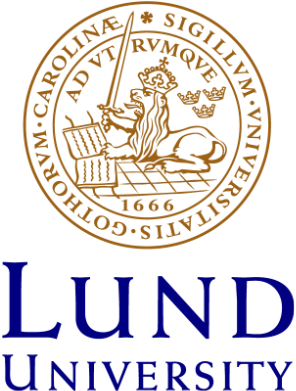Search results
Filter
Filetype
Your search for "Arkeologi" yielded 4020 hits
Att begrava en björn : Arkeologi i sameland
Forngreta. : En biografi om Greta Arwidsson, den första kvinnan som blev landsantikvarie och professor i arkeologi.
Styrelse
https://www.forark.lu.se/styrelse/ - 2025-09-09
HiStories. On (Pre)Historical Multivocality in Archaeology.
This thesis explores the concept of (pre)historical multivocality, i.e. the inclusion of past interpretations and past meanings of the archaeological site under investigation into the present day archaeological process. (Pre)historical multivocality is a flexible concept suitable for use on many archaeological sites and aims at eliminating some of the bias towards only including present-day voices
Med avfall upp till knäna - En osteologisk studie av tafonomi och medeltida avfallshantering i kvarteret Blekhagen i Lund
The subject of this master level thesis in historical osteology, is a study of waste management in the medieval town of Lund. The aims of the study is achieved through looking at the taphonomic aspects of bonefragments from the quarter Blekhagen. The study is divided in two separate sections, one that is a litterature study of what is known about waste management, and another one that contains a t
Barn i och kring kyrkobyggnaden fram till och med 1600-talet
The purpose of this essay was to find out if it is possible to: ? Detect different groups of gender among children in grave materiel and church art and if that was the case, in what way? ? What different groups of children can be seen in these two categories? ? What does the material say about children's position in society? The time span is from early Christian time to 17-th century and th
Friläggning, dokumentation samt provtagning på Bulverket och i Tingstäde träsk : Arkeologisk forskningsundersökning 2024
Staden vid klostret : det senmedeltida Vadstena i ljuset av några moderna arkeologiska undersökningar
Mesolitiska lämningar i Rönneholms mosse: Arkeologisk förundersökning 2008: Hassle 32:18, Stehag socken, Eslövs kommun, Skåne
Rotvältedepån: Arkeologisk efterundersökning av en flintdepå vid Ageröds och Rönneholms mossar: Ageröd 1:29, Munkarp socken, Höör kommun, Skåne.
Viss mosse 2:2: en mossboplats från mellersta maglemosetid: Arkeologisk undersökning 2013: Råby 28:3, Svensköp socken, Hörby kommun, Skåne
Segerns väv. Djurornamentik och skaldediktning under yngre järnålder.
This article is about the cognitive meanings of animal ornamentation in a long term perspective. Special focus is upon the relation between the images of animal ornamentation and verbal expressions in the heroic skaldic poetry from the early medieval period. The article also discuss animal ornamentation in relation to gender.
Mesolitiska lämningar i Rönneholms mosse : Arkeologisk förundersökning 2009: Hassle 32:18, Stehag socken, Eslövs kommun, Skåne
Viss mosse 2 - ett boplatsområde från yngre maglemosetid: Arkeologisk undersökning 2012: Råby 28:3, Svensköp socken, Hörby kommun, Skåne
Keramik i Sydsverige: en handbok för arkeologer
Keramik hör till de vanligaste fynden vid arkeologiska undersökningaroch intar av tradition en central plats i ämnet. I samband med de senaste 25 årens utgrävningar i Sydsverige, har ett mycket stort och varierat keramiskt fyndmaterial tillvaratagits från framför allt Skåne, men även från Halland, Blekinge och Småland. Många fynd har tidigare presenterats i rapportet och andra publikationer. En sa
Bygd, by och bostad runt Uppåkra : Landskapet med sin centralplats
Uppåkra har länge framstått som en solitär i ett tomt landskap. Bakgrunden till denna uppfattning, snarare än realitet, kommer av det faktum att få arkeologiska undersökningar har gjorts i centralplatsens närhet. Inom en fem kilometers radie runt Uppåkra har emellertid flera undersökningar utförts under 2000-talet inom uppdragsarkeologin. Dessa har skapat en hälsosam kontrast till den fyndrika pla
En virtuell rekonstruktion -Vad kan det lära oss? Studiet av husrekonstruktioner från järnåldern med hjälp av 3D-modellering
This study deals with two issues. One is the interpretation of reconstructions of Iron Age houses; and the other is whether virtual reality—i.e. 3D modeling—is a useful tool for this interpretation. Physical reconstructions are constrained by both researchers’ and financiers’ interests. These interests sometimes clash, when e.g. return on investment forces a profitable version of a given project,
